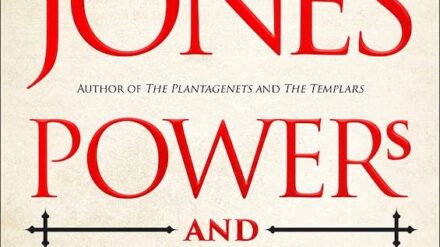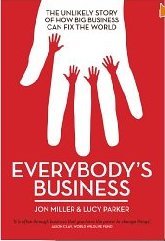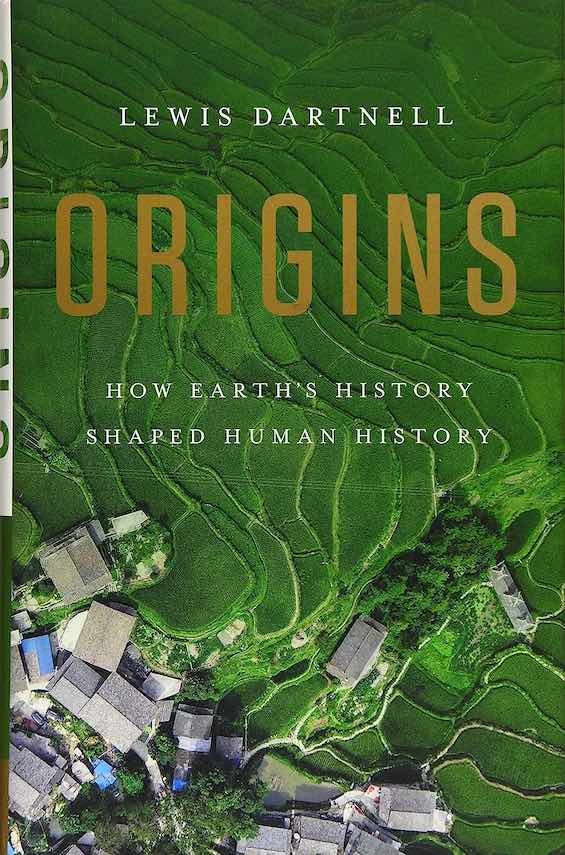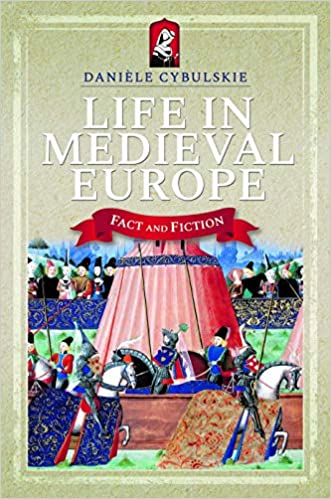
What comes first to mind when you think of Europe in the Middle Ages? Unending violence and unspeakable tortures? Babies and young children dying so often that parents would never dare to love them? Medical and surgical procedures so barbaric that ill or wounded people would have been better off without any treatment at all? If this is your conception of life in Europe then, you might devote two or three hours to reading medievalist Danièle Cybulskie’s breezy little medieval social history, Life in Medieval Europe: Fact and Fiction. In just 144 pages, she’ll disabuse you of these and many other modern misconceptions about the period.
An emphasis on the Second Millennium
First, a bit of context. The author subscribes to the standard definition of the period we’ve come to call the Middle Ages. Scholars tend to agree that it’s the thousand-year period from the year 500 CE, when Rome’s influence had sharply waned, to 1500 CE, when the Reformation and the Renaissance had ushered in the Early Modern Period. Of course, those periods only describe developments in Europe. The dividing lines and the term “the Middle Ages” have little meaning in the history of other parts of the world.
In Life in Medieval Europe, Cybulskie dwells largely on the High Middle Ages (1000 to 1300 CE) and the Late Middle Ages (1300 to 1500 CE). The distinction is significant because, modern stereotypes of stagnation notwithstanding, change was unrelenting throughout those thousand years. And the change accelerated beginning roughly around the year 1000 in all aspects of medieval life. Cybulskie’s one glaring fault is that she fails to acknowledge her emphasis on the later years of the period.
Life in Medieval Europe: Fact and Fiction by Danièle Cybulskie (2019) 144 pages ★★★★☆
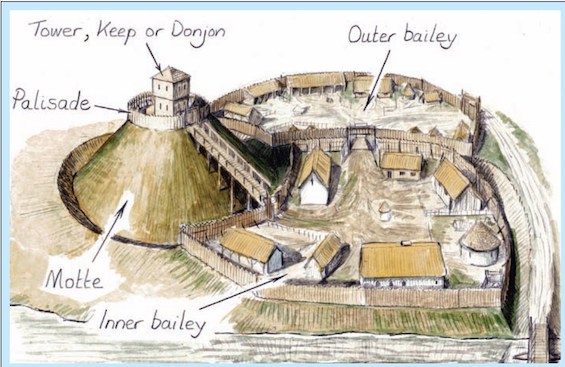
A survey encompassing personal hygiene to faith, and everything in between
Life in Medieval Europe consists of seven chapters, with “a final word” on medieval social history. Each chapter deals with a subject such as personal hygiene, food, love and marriage, violence, faith, health and healthcare, and fashion. Along the way, Cybulskie debunks one misconception after another, asking and answering the questions that any curious person might pose about the period. Here are three examples:
“Did medieval people take baths?”
In Cybulskie’s response to this question, she describes the bathhouses left behind by the Romans and others more recently built in the cities. City-dwellers frequented them (although sometimes for sex as well as cleanliness, as both men and women used the bathhouses). “People in rural areas bathed in lakes, rivers, and streams, and even the urban poor who were not able to afford a visit to the bathhouse tried to get clean when they could.” The fear of cleanliness we associate with medieval Europe came later, Cybulskie notes. “It was Early Modern Period people who began to avoid bathhouses for fear of disease, especially syphilis and the plague.” In other words, that fear of cleanliness we associate with the Middle Ages only developed later.
“Were the cities filthy?”
The author answers, “In a word, yes.” But don’t imagine people tossing the contents of their privies into the streets, as many seem to believe. That practice was frowned upon and could earn the household a fine. “Houses and shops often had their own latrines in the cellar or in the backyard . . . [and] public latrines were accessible to everyone.” Perhaps surprisingly, too, “some medieval cities, like London, had street cleaners on the payroll and regular garbage removal services for their citizens, just like today.” Surprised? I was.
“What did people drink?”
The conventional wisdom about the Middle Ages is that nobody drank water, only ale, beer, mead, cider, and wine. Not true, Cybulskie asserts. Of course, they did drink all those things. But they drank water, too. “Everywhere in medieval Europe, people sank wells to provide themselves with the water they needed for drinking, cooking, washing, and watering gardens.” And “cities provided central fountains and wells for their citizens.” Although they did drink a lot of alcohol, “people often drank what is known as ‘small ale’ which was lower in alcoholic content, and they did water their wine.”
If the medieval period interests you—for instance, from reading the Cadfael Chronicles or other novels set during that era—you’re likely to learn a great deal from this intriguing little book.
About the author
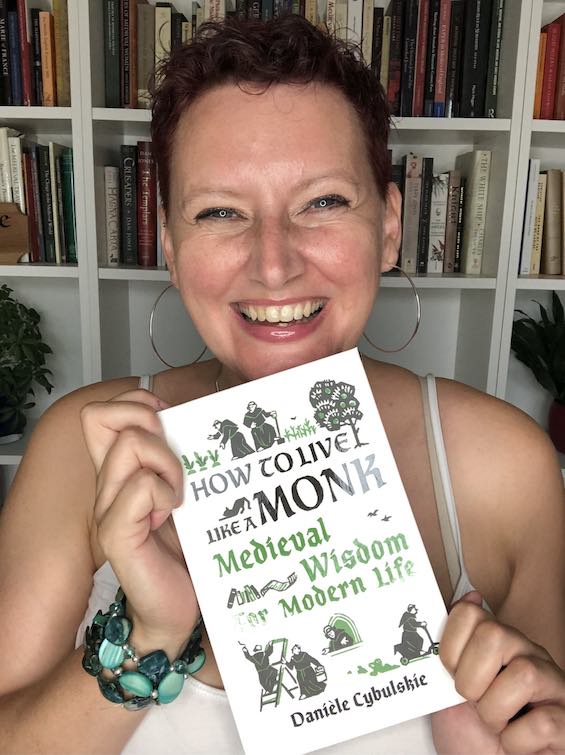
Danièle Cybulskie‘s website notes that “As a writer, professor, TEDx speaker, and podcaster, Danièle has been making the Middle Ages fun, entertaining, and accessible for over a decade. She is the author of How to Live Like a Monk: Medieval Wisdom for Modern Life, Life in Medieval Europe: Fact and Fiction, and The Five-Minute Medievalist, which debuted at the top of Amazon’s Canadian charts. Through her featured articles at Medievalists.net, as well as those she’s written for several international magazines, Danièle’s work has reached over a million readers worldwide.
“Danièle is the creator and host of The Medieval Podcast, a weekly show on which she interviews experts on the Middle Ages about a wide variety of topics. Her writing, videos, and podcast have been used as resources in elementary schools, secondary schools, and universities across North America, including The Middle Ages and the Modern World: Facts and Fiction, a course she co-created for college students across Ontario via OntarioLearn.”
The references to Canada suggest that the author lives and works in Canada, but her website includes no personal information.
For more reading
This is just one of many Good books about the Middle Ages.
If you want to range more widely in the past, see 20 top nonfiction books about history.
You can also find illuminating perspective on the Middle Ages in some of these 20 most enlightening historical novels.
And you can always find my most popular reviews, and the most recent ones, plus a guide to this whole site, on the Home Page.

